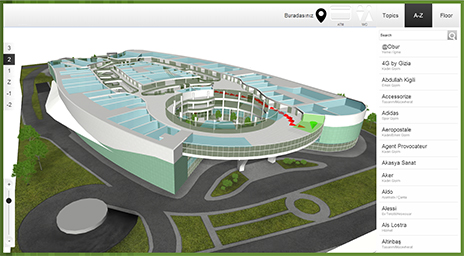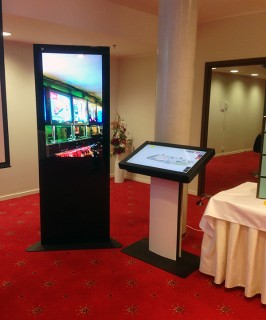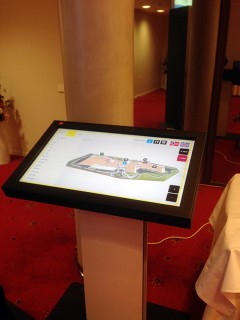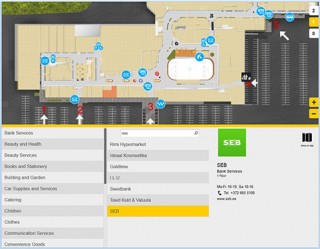3D Wayfinder R&D AS has successfully completed as many as 200 projects a round the world. Below map gives you just small glimpse where you can find our work. Find out how hospital wayfinding software works.
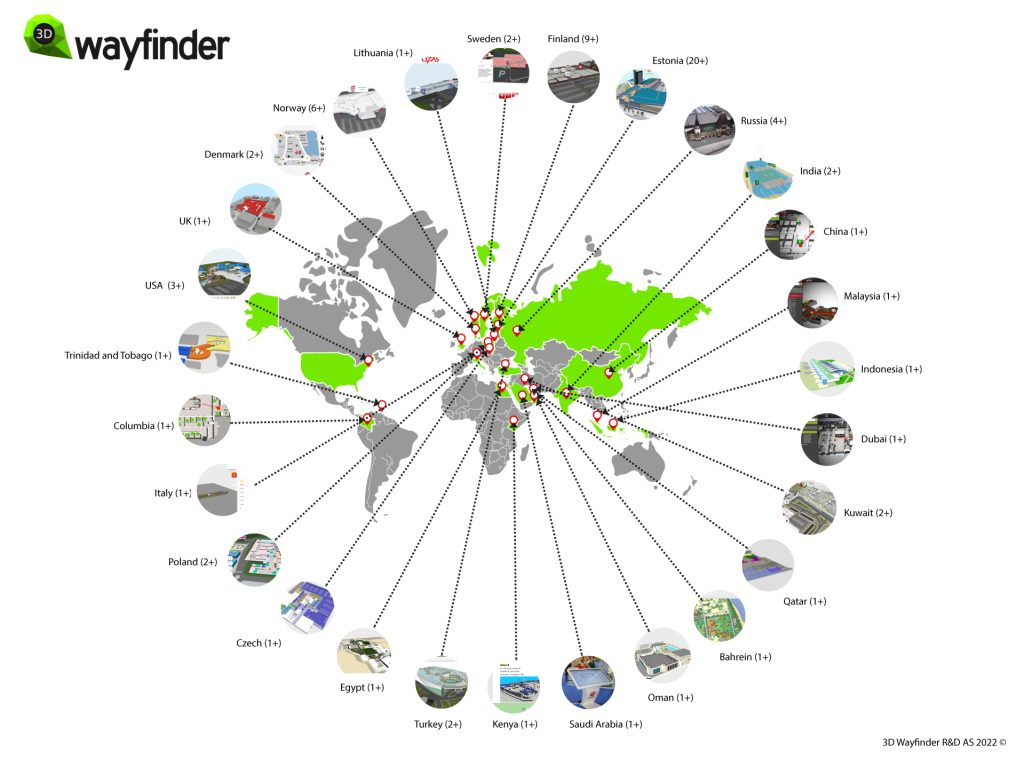
Opportunity to work with clients globally has been beneficial to us all. Making our team stronger in 3D wayfinding software development and helping our clients to conquer their challenges. From the knowledge we have gathered we have now good insight what direction wayfinder software can grow in future.
Today, we see rising demand for solutions in healthcare sector. Larger city hospitals have grown to huge building complexes and provide rooms for hundreds of patients at a time. Some medical services are provided in one building and other services in different building. Patients who are staying short time and patients from rural areas are the first ones to discover these difficulties. Finding right cabinet from that maze can be long and challenging event.
How are we going to improve healthcare through wayfinding?
For hospitals we have taken already steps to improve our 3D wayfinder software. “3D Hospital Wayfinder and Management System” has been supported by Estonian-Norway joint-programme Norway Grants “Green ICT programme”. Project timeline is August 2020 till July 2023. Project’s focus is on developing web-based software service for healthcare operations, example hospitals. Like facility’s floor-plan visualization in 3D with universal API for collecting different real-time data and showing it in 3D floor-plans.
More details you can find HERE.
Hospital wayfinding software example
Our project in Poland is a great example how large hospitals can really be. As you can see below picture it is not an easy task to find right location there. The use of the stairs is not possible for a person in a wheelchair. To tackle this issue we have created opportunity to use multiple direction routes.

We can’t forget that there are people who do not want to touch kiosks for health reasons or are located in different part of hospital, where there is no self-service kiosks. To tackle this issue we have created QR code based wayfinder solution. Scan QR code with your smartphone and use your device like kiosk. All the functions you get from large self-service kiosk you get in your smart device.
If you have more questions about the software we are happy to talk!


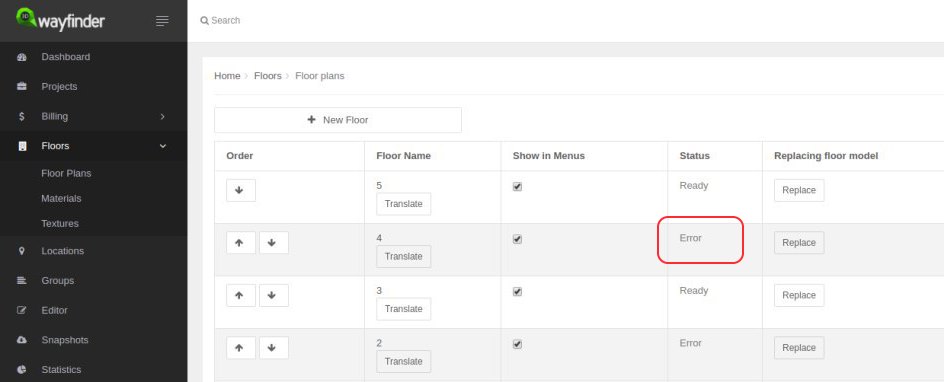
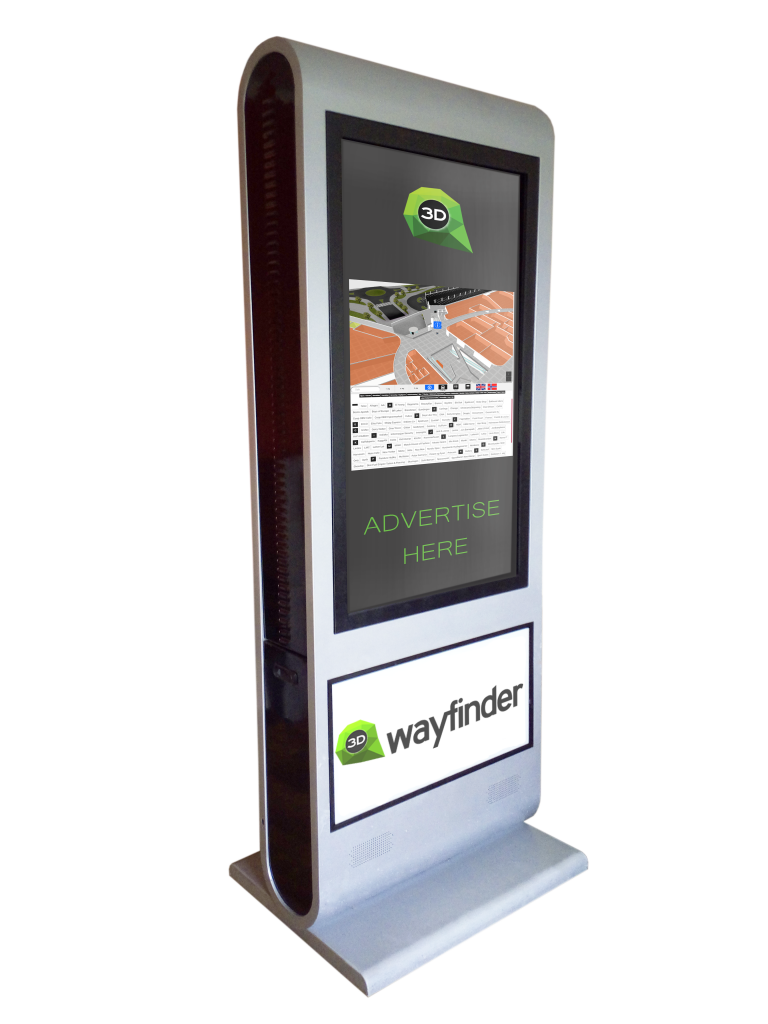

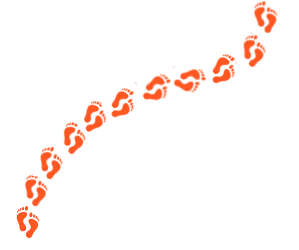
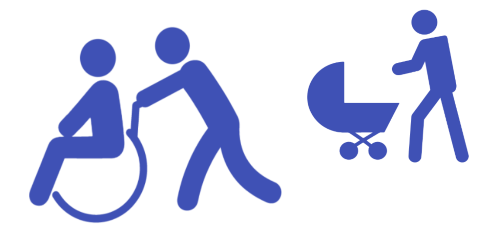
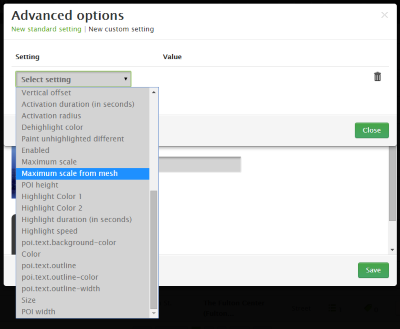
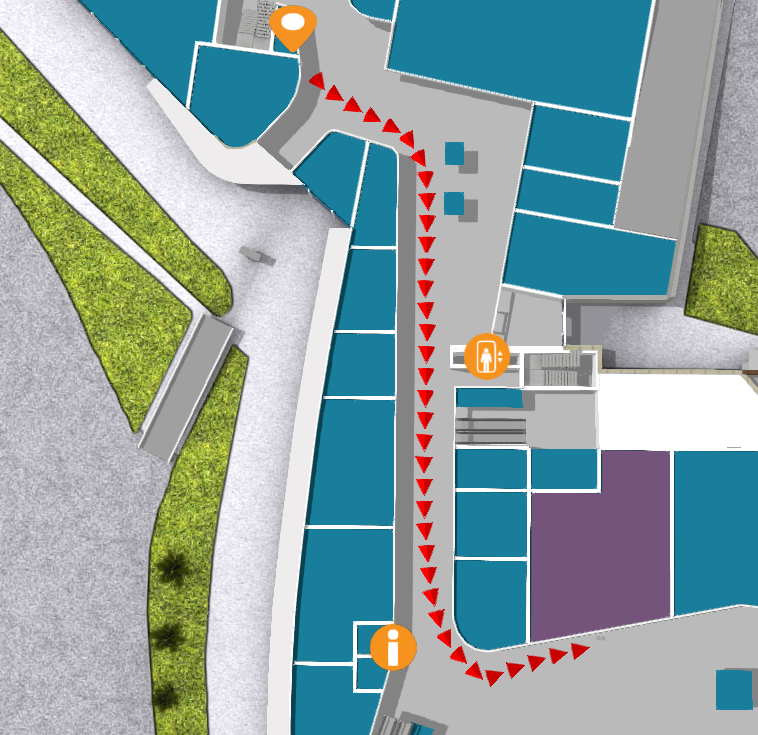
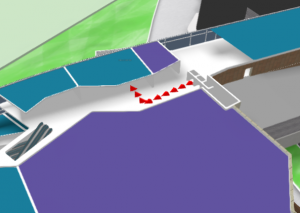
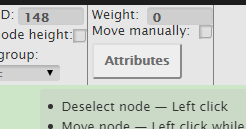 9PM:
9PM:
